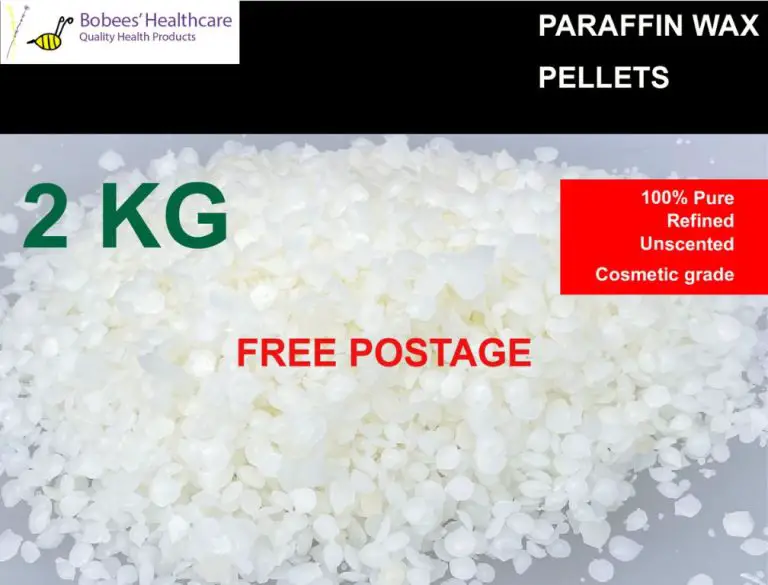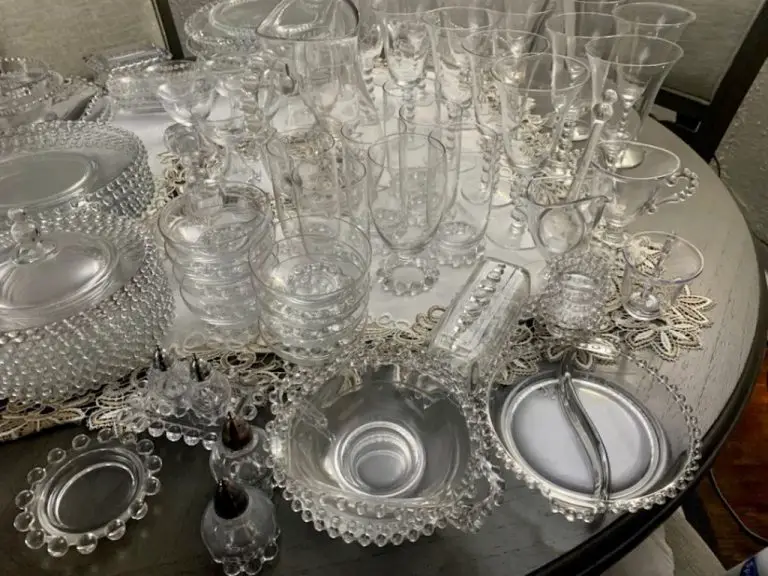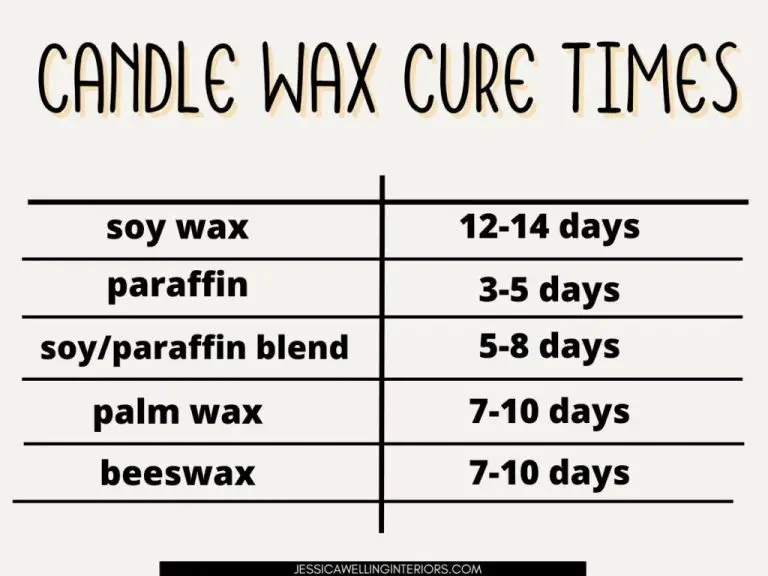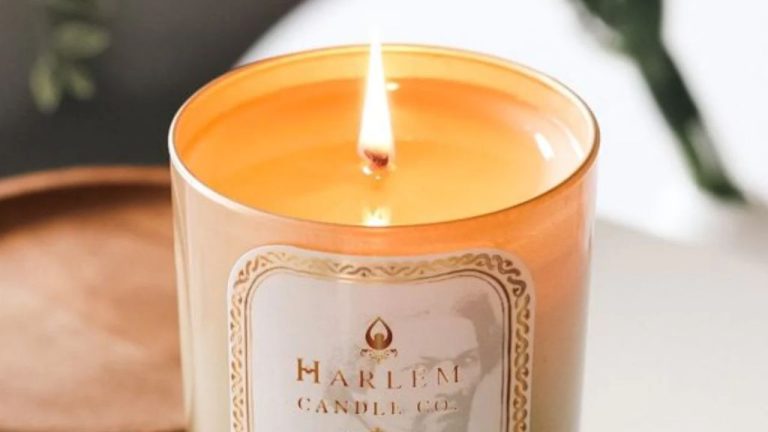What Kind Of Wax Does Bath And Body Use?
Bath & Body Works is an American retailer under the L Brands umbrella that sells personal care and beauty products.[1] The company began in 1990 in New Albany, Ohio as a division of Limited Brands. In 1997, Bath & Body Works became the largest bath shop chain in the United States.[2] Today, the company has over 1,600 retail locations across North America.
Bath & Body Works is known for its wide range of body care products such as fragrances, bath products, hand soaps and hand sanitizers. However, the company first got its start by selling high-quality, good-smelling candles. Candles remain a signature product for Bath & Body Works today. The company uses a variety of different waxes in their candles, including paraffin wax, soy wax, beeswax, palm wax and coconut wax, as well as proprietary candle wax blends.
[1] https://en.wikipedia.org/wiki/Bath_%26_Body_Works
[2] https://bbwheartland.tumblr.com/about
Paraffin Wax
Paraffin wax is one of the most common types of wax used for making candles. It is derived from petroleum and is a byproduct of oil refining. Some key properties of paraffin wax include:
- Hard, brittle texture
- High melting point between 115-150°F
- Burns slowly and evenly
- Very inexpensive compared to other waxes
- Odorless and colorless in raw form
Paraffin wax is ideal for making pillar candles, votives, and container candles. It allows for a smooth appearance and makes it easy to release candles from their molds. The hardness of paraffin also gives good rigidity to candle shapes and provides an even, complete meltpool.
Some benefits of using paraffin wax for candles include its low cost, excellent burning properties, and versatility. It can be blended with other waxes and holds fragrance oils well. Drawbacks are that it comes from non-renewable petroleum sources and can produce more soot than natural waxes when burned.
References:
[1] https://www.candlescience.com/wax/paraffin-wax/
[2] https://carmelindustries.com/blogs/all-blogs/how-to-make-your-own-paraffin-wax-candles-at-home
Soy Wax
Soy wax is a popular type of wax used in candles today. It is made from hydrogenated soybean oil and has many benefits for candle making. According to Yankee Candle, soy wax burns cleaner than paraffin wax and is more environmentally friendly. It also helps candles burn longer and holds fragrances better. Soy wax has a lower melting point compared to paraffin, meaning it melts at a lower temperature.
The main properties of soy wax that make it good for candles are its ability to hold fragrance oils well and burn slowly and cleanly. It is also biodegradable and renewable since it comes from soybeans. Drawbacks of soy wax include a softer texture that may not be good for detailed candle designs. It’s also more expensive than paraffin wax.
Overall, the benefits of soy wax like its renewable nature, biodegradability, and fragrance retention make it a popular choice for many candle manufacturers like Bath & Body Works. Its clean burn and long burn times produce excellent quality candles.
Beeswax
Beeswax is a natural wax produced by honey bees. It has been used in candle making for centuries due to its properties and benefits.
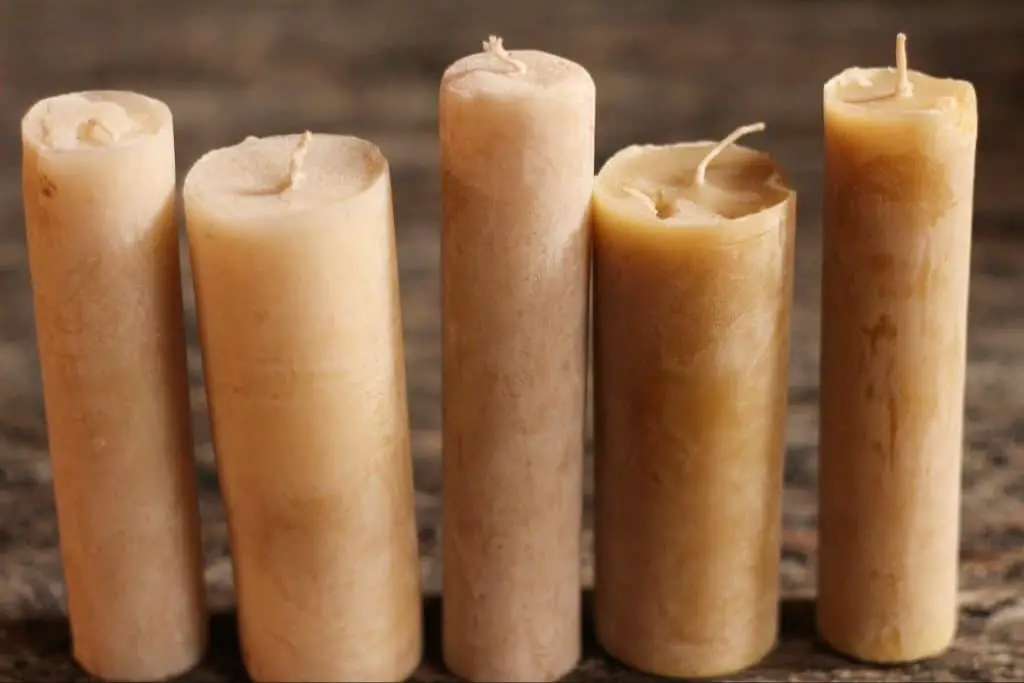
Some key properties of beeswax that make it a popular candle wax include:1
- It has a high melting point range of 62°C to 64°C, making it suitable for candles.
- It burns brighter and cleaner than other waxes.
- It has a subtle sweet honey scent.
- It’s durable, long-lasting and can be reused.
Using 100% beeswax candles provides several benefits:2
- They burn longer than paraffin candles.
- The natural scent is subtle and pleasant.
- Beeswax is non-toxic and emits negative ions when burned.
- Beeswax candles are biodegradable and environmentally friendly.
Some drawbacks of beeswax candles include:
- They can be more expensive than other candle waxes.
- The burn time may be shorter than blended wax candles.
- There is potential for soot build up.
Palm Wax
Palm wax is derived from the fruit of palm trees and is commonly used in candle making. Some key properties of palm wax include:
- It has a high melting point between 130-145°F, making it ideal for container candles.
- It is hard and brittle, providing structure and rigidity to candle creations.
- Palm wax burns cleanly and emits less soot than paraffin wax.
- It allows fragrance oils to anchor well and disperse evenly.
Palm wax is often blended with other waxes like soy, beeswax, or paraffin to create custom candle blends. It can be used on its own or mixed to modify properties like melt point, texture, and burning characteristics.
Some benefits of using palm wax for candles include: its high melting point, ability to hold fragrance, and clean burn. Drawbacks are that it can emit an odor when burning and be prone to frosting or blooming on the candle surface. Despite this, many candle makers choose palm wax for its excellent scent throw and strong structure when poured into containers.
Overall, palm wax provides a high-quality option for candle making with fragrance retention and a customizable blend of properties when combined with other waxes. It allows makers to craft candles with excellent scent throw, shape retention, and clean burning characteristics (Source).

Coconut Wax
Coconut wax is made from coconut oil. It has become a popular candle wax due to its natural origins and benefits. Some key properties of coconut wax include:
- It has a high melting point between 76-82°C which makes it suitable for container candles.
- It is harder than other waxes so it can hold more fragrance oil.
- It crystalizes slowly so the finish remains smooth and glossy.
- It is compatible with essential oils.
Coconut wax offers several benefits when used in candles:
- It’s a renewable and sustainable resource since it is made from coconuts.
- It produces less soot and smoke when burning compared to paraffin wax.
- It’s biodegradable and non-toxic.
- It allows candles to retain and disperse fragrance efficiently.
Potential drawbacks of coconut wax include:
- It can be more expensive than other waxes.
- It’s not as pliable for detailed candle designs.
- The coconut scent can interfere with added fragrances.
Overall, coconut wax makes an excellent natural base for container candles. Its hard structure and ability to hold essential oils makes it a popular choice among artisan candle makers and consumers looking for a sustainable option.
Candle Wax Blends
Bath & Body Works uses proprietary blends of different waxes to create their signature candle scents. Some of the common waxes they blend together include:
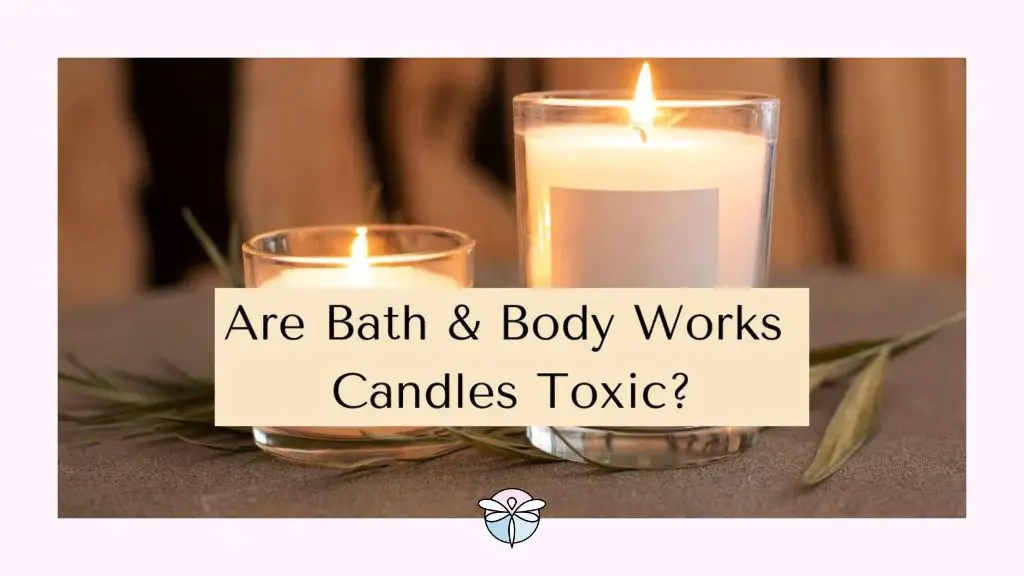
Paraffin Wax – This petroleum-based wax is highly refined and odorless, providing a smooth surface for fragrance oils. It’s blended to make candles burn longer and reduce soot (cite source: https://www.bathandbodyworks.com/p/tree-farm-3-wick-candle-026736827.html).
Soy Wax – This natural, renewable wax comes from soybeans. It’s blended in to make candles more environmentally friendly. Soy wax also helps candles burn cleaner (cite source: https://www.bathandbodyworks.com/g/all-candles).
Beeswax – This natural wax comes from honeycomb. Beeswax helps candles burn brighter and releases fragrance better. It’s often blended with paraffin for ideal performance.
Palm Wax – Derived from palm plants, this natural vegetable wax is blended to make candles hardier. It allows candles to burn at lower temperatures.
Coconut Wax – This wax comes from coconuts and is blended in small amounts to enhance fragrance diffusion.
By blending different waxes, Bath & Body Works aims to balance qualities like fragrance throw, clean burning, and hardness. Their proprietary blends are formulated to optimize performance. The natural waxes also make their candles more eco-friendly.
Fragrance Oils
Bath & Body Works uses high quality fragrance oils to scent their products like candles, body care, and home fragrance mist. They use a proprietary blend of natural extracts, essential oils, and synthetic fragrance ingredients to create their unique scents (1).
Some of the most popular fragrance oil blends from Bath & Body Works include seasonal scents like Pumpkin Apple and Winter Candy Apple, floral scents like Japanese Cherry Blossom and Rose, and fresh scents like Eucalyptus Spearmint and Mahogany Teakwood. Their fragrance oils are designed to be strong, long-lasting, and provide sensory and aromatic benefits (2).
Compared to essential oils, fragrance oils tend to be more affordable, have stronger scents, and are less likely to cause skin irritation. The complex blends of ingredients in Bath & Body Works fragrance oils allows them to replicate natural scents while avoiding some of the drawbacks of pure essential oils (3). Overall, their proprietary fragrance oils are key to providing the signature scents Bath & Body Works is known for.
(1) https://www.crafters-choice.com/fragrance-oils/comparable/Bath-Body-Works.aspx
(2) https://www.bathandbodyworks.com/g/body-fragrance/body-oil
(3) https://www.bathandbodyworks.com/t/aromatherapy
Wick Types
Different types of wicks are used for candles depending on the wax, vessel, and desired burn characteristics. The wick impacts how the candle burns and its hot throw (scent dispersal). Common candle wicks include:
Cotton wicks are the most popular all-purpose wicks made from natural fibers. They have a medium flame and are suitable for soy, paraffin, and blended waxes. Cotton wicks provide a good scent throw and burn cleanly.
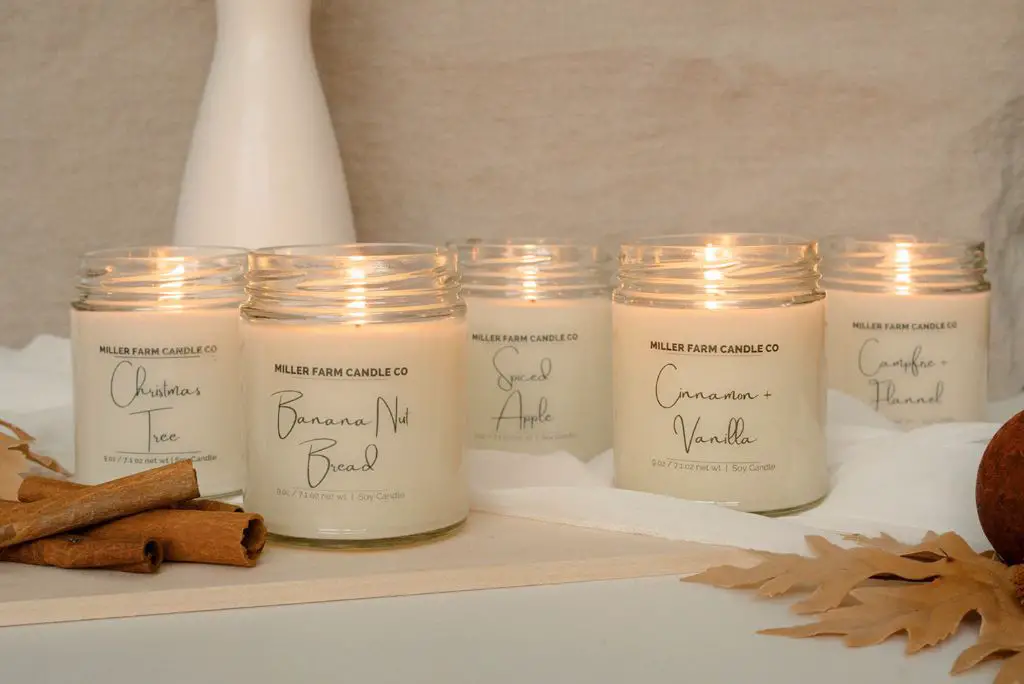
Wooden wicks are made from wood fibers and include a wood core. They make a crackling sound as they burn. Wood wicks have a high flame and work well in soy wax. They can improve scent dispersal.
Zinc or metal core wicks have a zinc or zinc-alloy core that helps maintain an upright wick and stable flame. They work well in container candles and have good fragrance dispersal. These wicks should only be used in candles burned in containers.
Paper wicks are flat wicks made from paper fiber bundles. They have a low flame and are often used in gel wax candles. Paper wicks can help extend burn times.
Picking the right wick thickness, type and wax pairing allows candle makers to influence how the candle performs. Wicks directly impact melt pool diameter, burn time, fragrance throw and other characteristics. Testing is key to finding the optimal wick for each wax and candle style.
Conclusion
Bath & Body Works uses a variety of different wax types in their candles, each with their own unique properties and characteristics. Paraffin wax is highly refined and inexpensive, making it a popular choice for candlemaking. However, some consumers prefer to avoid paraffin due to potential health concerns. Soy wax is made from soybeans, and is a cleaner burning, renewable resource. Beeswax has a lovely honey aroma, but can be expensive and challenging to work with. Palm wax comes from the palm oil plant, and offers excellent scent throw. Coconut wax comes from coconuts, and allows for better fragrance binding than other waxes. Many candlemakers, including Bath & Body Works, use blends of these different waxes to optimize burn quality, fragrance, and cost.
Bath & Body Works is known for their innovative candle fragrances that fill a room with long-lasting scents. They use premium fragrance oils and expertly crafted wicks to maximize fragrance diffusion and burn time. Overall, Bath & Body Works utilizes quality waxes, creative fragrance blends, and specialized wicks to deliver an exceptional candle experience for their devoted customers.

